
PIMS Research Associate Natalia Hurtado recently witnessed a rare and spectacular ocean phenomenon; in the middle of a night dive, she caught a tiger tail sea cucumber (Holothuria thomasi) in the throes of spawning, or sexual reproduction.
Natalia first noticed the sea cucumber clinging to a star coral colony and emitting stringy white mucus while she taught a PADI Advanced Open Water course at the Cape Eleuthera Institute, home to the Bahamas Coral Innovation Hub. Upon closer inspection, she realized it was releasing sperm into the water column.
Sea cucumbers are echinoderms, like starfish and sea urchins, and they’re named for their unusual oblong shape that looks like a fat cucumber. Tiger tails are especially recognizable in the Caribbean, with their brown colored bodies and white thorny looking protrusions
During sexual reproduction, sea cucumbers of the same species release large quantities of gametes into the water for fertilization to take place. When this happens, their reproductive success largely depends on the number of individuals in a region; the more sea cucumbers there are on a reef, the higher the likelihood that the sperm and eggs will find each other.
Sea cucumbers can also reproduce by asexual reproduction (fission), where they break into two cucumbers; a phenomenon that has stunned many unsuspecting amateur aquarists who keep them as “nature’s housekeepers.” Indeed, sea cucumbers are excellent tank cleaners, grazing on the microscopic bounty of marine waters. They typically eat algae, waste particles, and scraps of meaty foods from the sand that passes through their bodies.
More than 1,250 species of sea cucumbers exist in the wild, inhabiting both the shallows and deep ocean waters. Tiger tails are especially active at night, and are found at depths of up to 30 metres in reef caves and holes, and on top of sand, rubble and seagrass beds.
We highly encourage people to experience a night on the reef, when many sea creatures are foraging and reproducing that you can’t see during the day. “I was extremely excited because after 12 years of night diving, this is the first time I saw a tiger tail sea cucumber releasing sperm,” Natalia said.

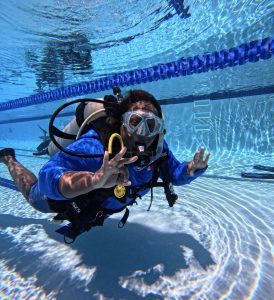
PIMS and Disney Conservation Fund Partner to Train 19 Government Divers
PIMS dive training in Nassau strengthened national coral restoration capacity across government agencies. Bahamas Dive Training Builds National Coral Restoration Capacity Last fall, between the months of September and October,
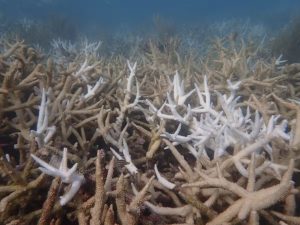
Florida’s Coral Reef Crossed a Line: What Functional Extinction Really Means for Elkhorn and Staghorn Corals
Reefs didn’t just bleach. They functionally vanished in one summer. A new Science study co-authored by researchers from the Perry Institute for Marine Science (PIMS) has found that Florida’s two
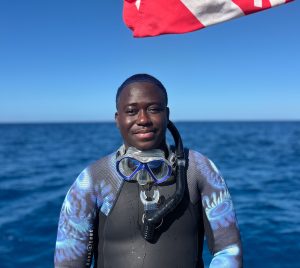
Q&A: Understanding the IDC Course at PIMS with Duran Mitchell
A former aquarist turned coral conservationist, Duran is passionate about understanding how all marine life connects. PIMS & IDC: Empowering New Dive Instructors for Marine Conservation PIMS & IDC: Empowering
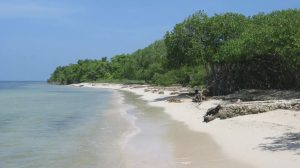
Forbes Shines a Spotlight on Coral Reef Restoration in the Caribbean
When Forbes highlights coral reef restoration, it signals something powerful: the world is paying attention to the urgent fight to protect reefs. And solutions are within reach. Recently, Forbes featured Dr. Valeria
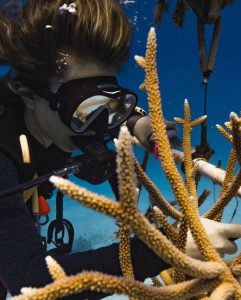
New Reef Rescue Diver Course: Volunteer in Coral Reef Restoration Abroad
Coral reefs are often called the rainforests of the sea—complex ecosystems that shelter a quarter of all marine life, feed millions of people, protect coastlines from storms, and attract travelers
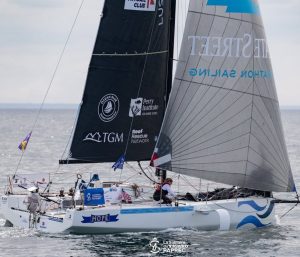
PIMS & RRN Partner with Erica Lush in La Solitaire du Figaro
Racing for Resilience: PIMS & RRN Partner with Erica Lush in La Solitaire du Figaro From coral nurseries to Europe’s hardest solo offshore race; why our science belongs at sea.



